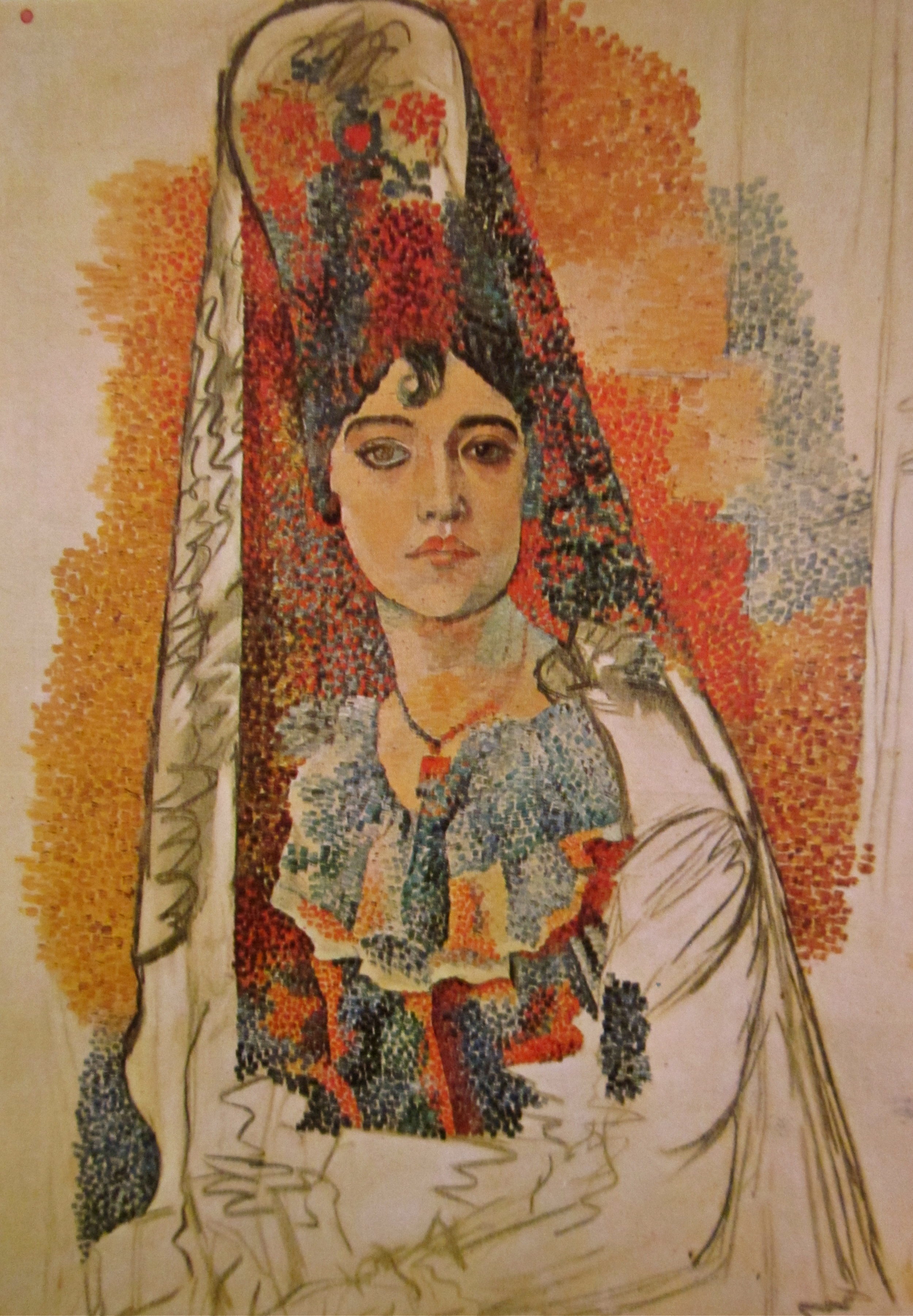When my sister recently came home from a trip to Paris she seemed impressed with everything that she had seen — except for the Mona Lisa.
One of the most recognized works of art in the world, reproductions of it usually come in poster sized prints while the original, hung behind thick, bullet proof glass and guarded by a velvet rope is miniature in comparison.
Read More





